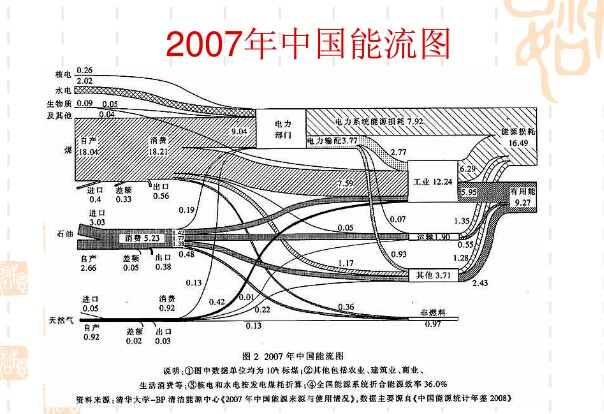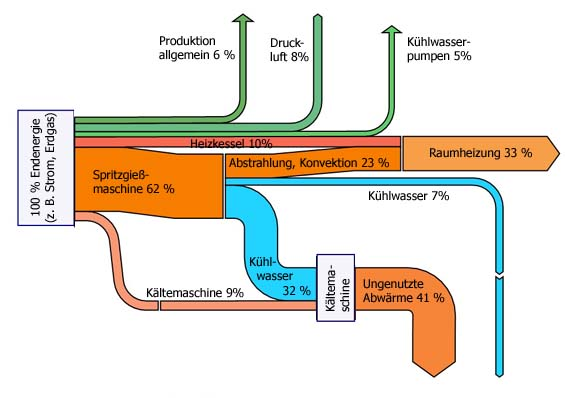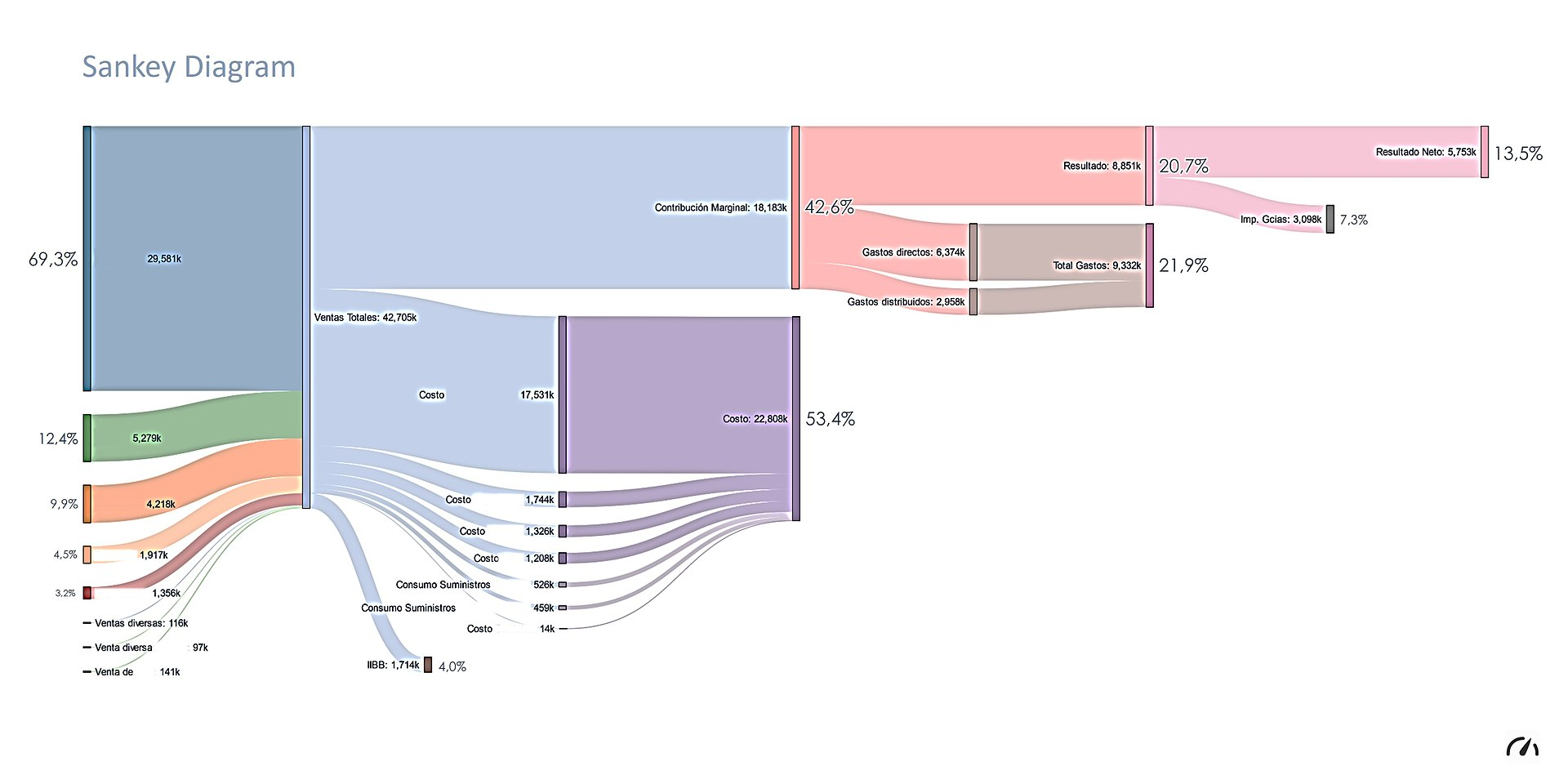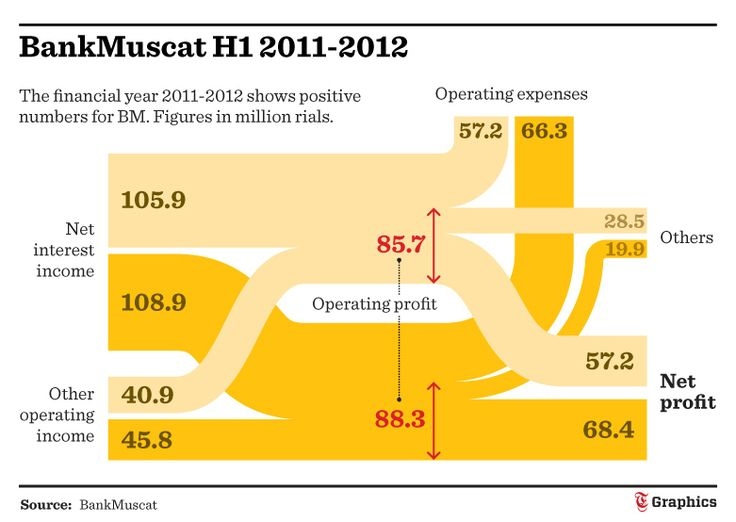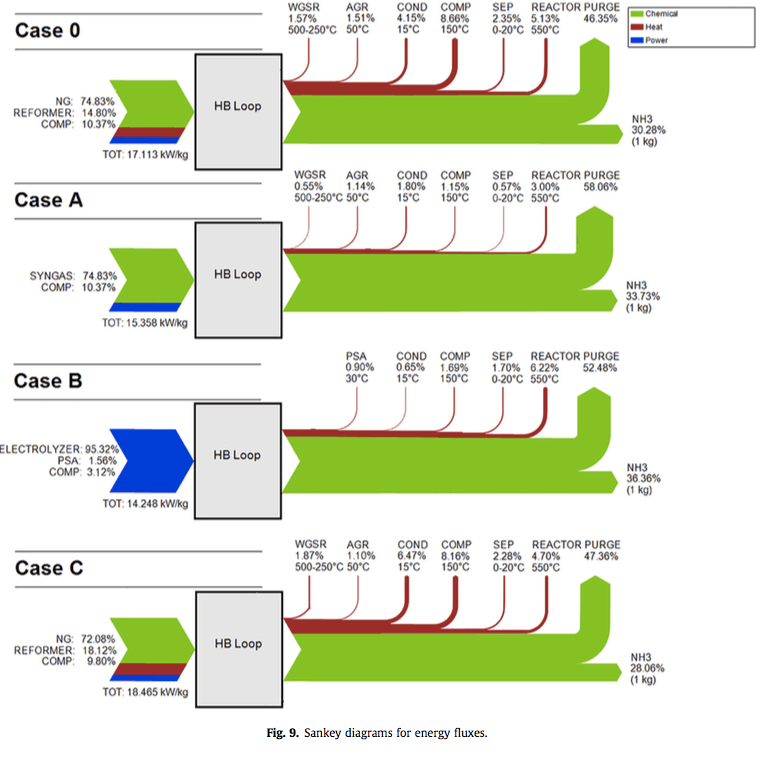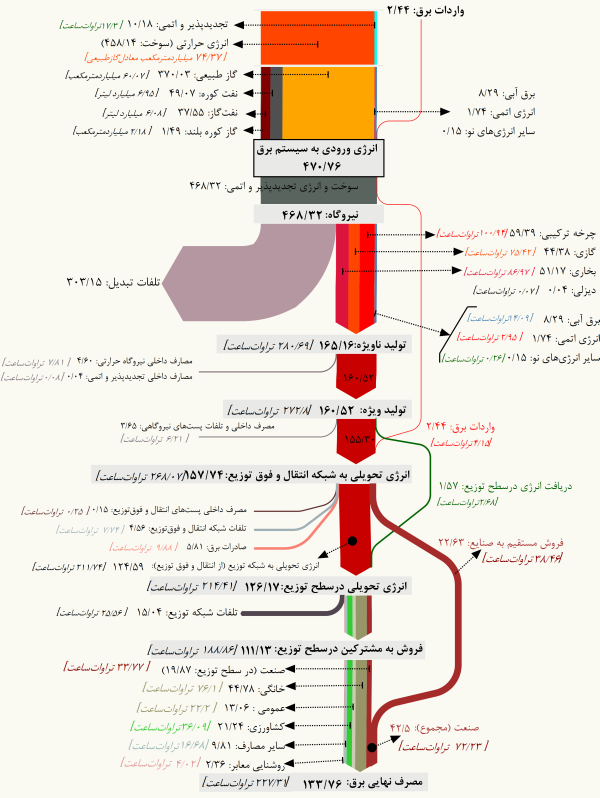What is landscape of climate finance? A paper published December 2016 by I4CE tells us that “Landscapes of climate finance are comprehensive studies mapping financial flows dedicated to climate change action and the energy transition. Covering both end-investment and supporting financial flows from public and private stakeholders, [they] draw the picture of how the financial value chain links sources, intermediaries, project managers and the end investment.”
The paper by Hadrian Hainaut (I4CE), Andreas Barkman (EEA) and Ian Cochran (I4CE) titled ‘Landscapes of domestic climate finance in Europe: Supporting and improving climate and energy policies for a low-carbon, resilient economy’ features two interesting Sankey diagrams.
This is the ‘Landscape of Climate Finance in France 2014’:
Flows are in billion Euro. Sources and receiving sectors indicated with distinctive black boxes. The authors opted for strictly horizontal/vertical arrow routing. There are no individual quantities at each arrow, so the actual numbers can only be estimated from the arrow proportions.
This is the ‘National Climate Finance in Belgium 2013’:
Flows are in million Euros. Some muddle here at the exit of the top light blue box where the arrows overlap instead of showing the sum of roughly 2000 m€ spending. This coincides with three overemphasized arrow heads for the arrows leading to “Public Investments”, “Policy Incentives” and “Grants”. Arriving arrows at the box “Climate Mitigation” overlap and the Sankey diagram could benefit from clearing up here.
Not sure about the ESDC voting: “France: huit points, La Belgique: dix points” maybe 😉
I had reported on climate finance diagrams back in 2014 when the concept was first presented by Climate Policy Initaitive (CPI) but had since lost sight of them. I am happy to see that the idea is still alive and being taken up in a number of countries in Europe. Also good to see that the diagrams are not yet regulated by a standard and there is some “diversity” among these diagrams.
